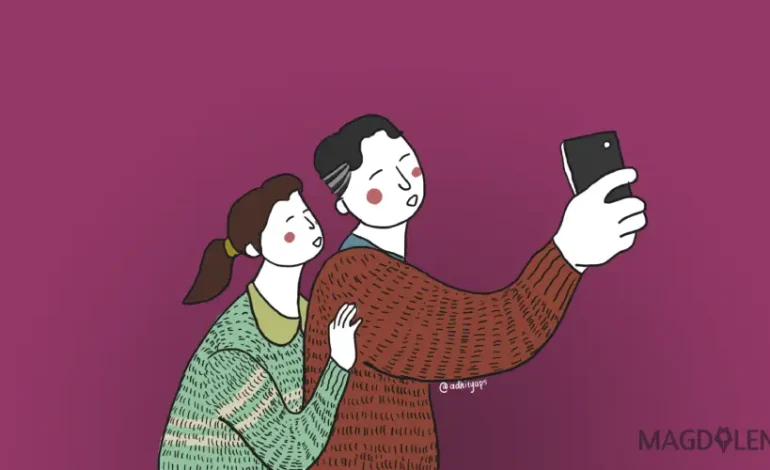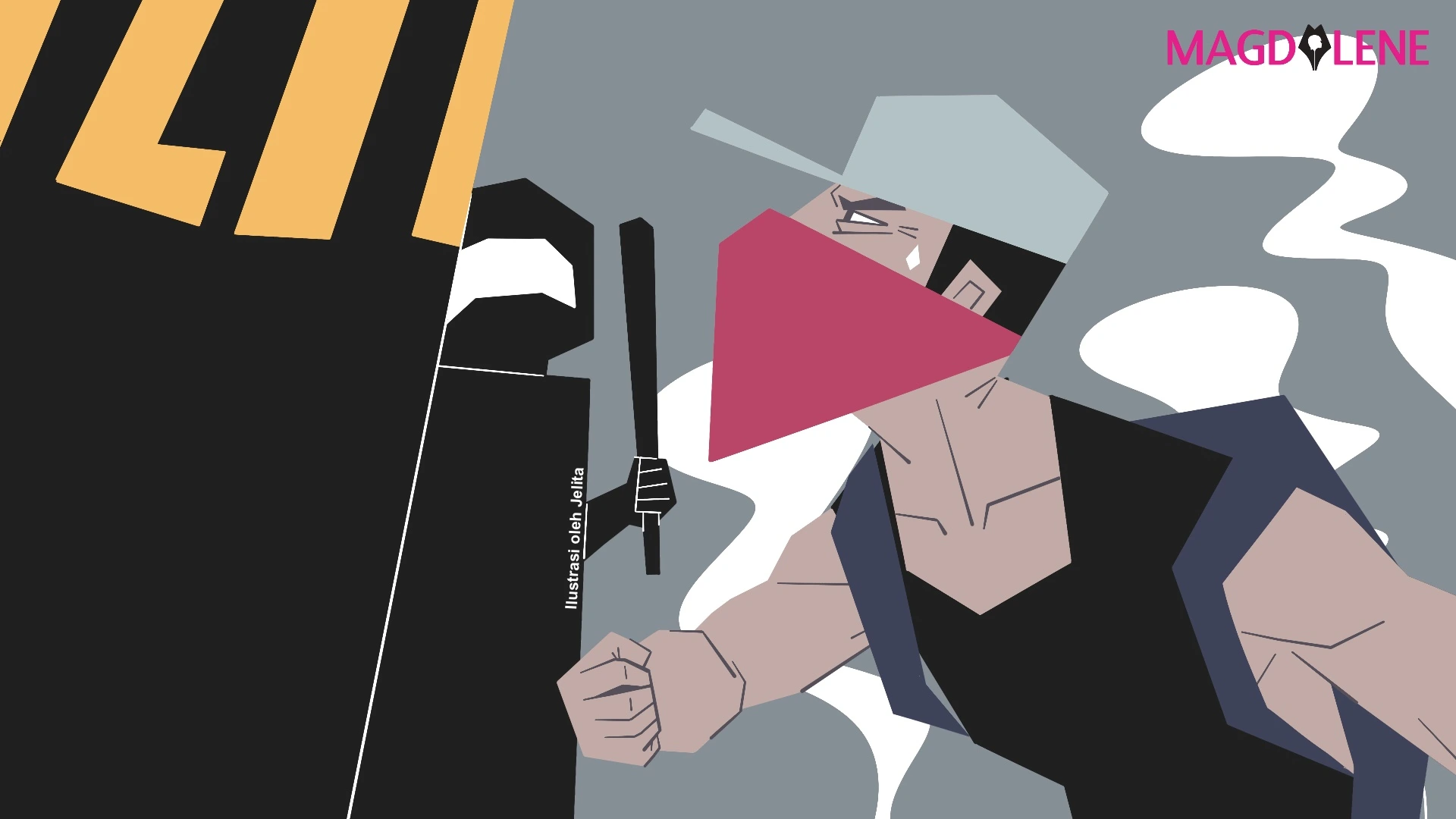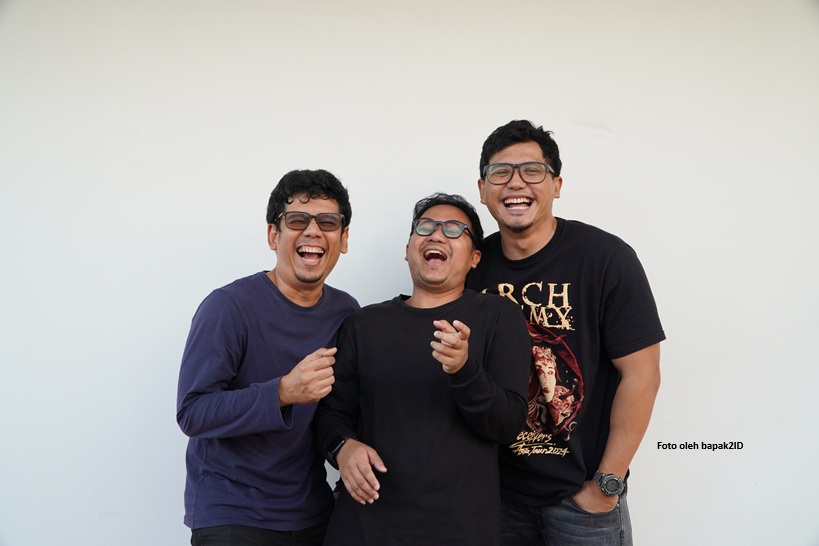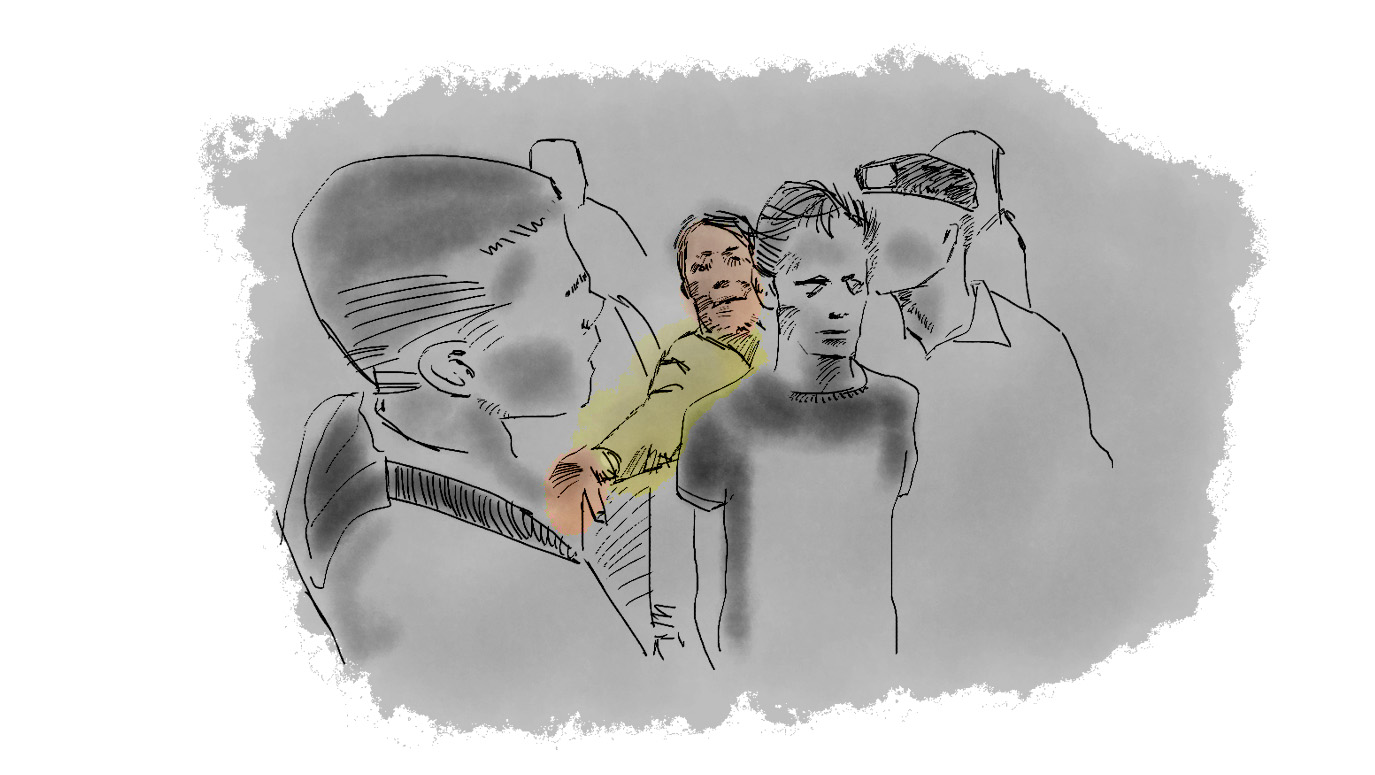Stop Erasing Women’s Voice in Headscarf Debate

As an Indonesian, I was surprised to learn that a friend in Europe thought that any woman who wears a headscarf does so because she is forced to do it.
“If they can choose not to wear it in Indonesia, then why do they still wear it?” he asked.
His question made me realize that our understanding of the headscarf and the women who wear it is intricately different. I have recently learned that in Europe discussions around headscarf are divided into polar opposites. The secular side – most likely the one my friend is on – sees the headscarf as a threat to women’s freedom, while the religious side sees the headscarf as the ultimate tool for protecting society’s honor and respectability.
The problem is that both sides keep arguing on the basis of one universal understanding about Islam and the Muslim community, all while entirely erasing the voice of the women who wear headscarves.
First thing first, let’s acknowledge that there is no such thing as one homogenous Muslim community. With nearly 2 billion Muslim population in the world, it would be too naïve to think that all Muslims have the same culture, values, and perceptions about the headscarf.
In the West, however, discussions about the headscarf seems to be based based on the assumption that equate Muslims with a specific group, particularly the Middle Eastern. In reality, the Islamic tradition of wearing a headscarf in the Middle East can be very different from those in other places, like Indonesia. These practices are not only influenced by the Quran, but also the local culture and values, political interests, and socio-economic factors.
The assumption of the existence of a homogenous Muslim community was probably the reason why my friend favors the secular side.
I, on the other hand, disagree with both sides of the debate, as it limits the discussion to only two possibilities: the pro-headscarf and the anti-headscarf. Having been born and raised in the largest Muslim population in the world, I know that the practice of headscarf is much more nuanced – it even varies in some areas. As a country that does not regulate nation-wide compulsory veiling for Muslim women (except in Aceh province), Indonesia exists outside of the pro/anti binary within the headscarf debate.
This means that the headscarf does not limit women’s freedom and autonomy in Indonesia, nor does it serve the sole purpose of protecting society’s honor and respectability. There is, of course, a certain limitation to my argument as I am aware that patriarchal Islamic teaching and social pressure continue to be the main reasons why women wear headscarves in some areas.
My female friends and family members who wear headscarves are the exact embodiment of my argument. These women are not defined by what they wear on their head. Their autonomy as individuals is not reduced to their headscarves. Instead, their choice of wearing the headscarf is precisely the manifestation of their freedom and autonomy as individuals. Irrespective of their headscarf, they continue to participate in social, economic, and political spheres as self-governing individuals.

This brings me to my main point that the headscarf debate is nothing but a classic example of women’s voice being silenced, yet again. Whether to ban or to impose compulsory veiling, the real lived experiences of women wearing headscarves are erased from the central point of the debate. The headscarf is treated as a symbol of oppression that is more important than the women wearing it, resulting in a separation between the headscarf and the women.
This separation implies an understanding that the headscarf – something that is worn on one’s body – is separate from one’s mind. In other words, Muslim women who wear headscarves are not valued as a whole bodily integrity, an intertwined relation of her body and her mind. Probably this is why my friend finds it difficult to understand why some women choose to wear headscarf out of their own free will, while at the same time performing excellently in their academic/professional lives.
To me, Indonesian Muslim women represent a perfect example that Muslim women do not merely submit to religious teachings forced upon them, but also become active participants in interpreting their own versions of religious teachings. To say that those wearing headscarves are oppressed is misleading, since the practice of headscarf in Indonesia can arguably be turned into a medium for empowerment, allowing women to take active decisions in their lives.
But while I highlight the potential of empowerment from the headscarf practice, I also acknowledge the danger of romanticizing the wearing of headscarf that could strengthen patriarchal Islamic teaching in Indonesia. That is certainly not the intention of my writing.
Instead, my intention is to challenge and revisit the Western understanding of women’s freedom and autonomy. As a practicing Muslim who does not wear a headscarf, I think it’s more important than ever to present a more nuanced argument about the headscarf that has long been pathologized, resulting in a wider spread of Islamophobia.
It is not the time for pro-headscarf or anti-headscarf anymore. It is time for us to listen to what those who wear headscarves have to say about their freedom from their lived experiences. Finally, it is time for women to reclaim their space and to speak for themselves.
Askarina Bintari is an Indonesian feminist who focuses her work on social media representations and gender-related issues. She studies Gender, Media & Culture as a Chevening Scholar at the London School of Economics & Political Science and expects to graduate later this year. Read more of her articles: https://medium.com/@askarinabintari






















